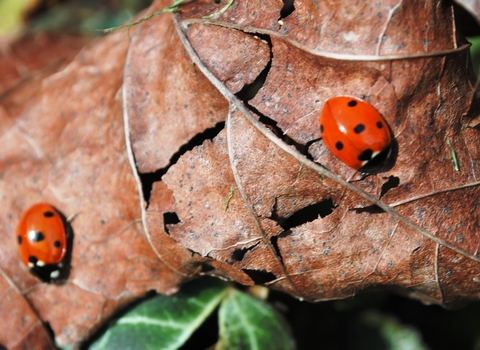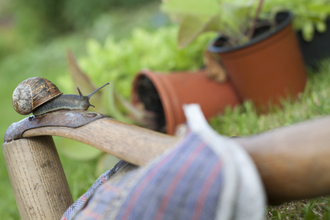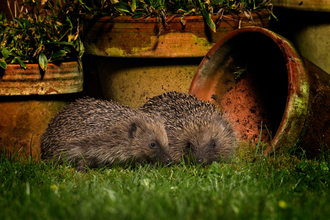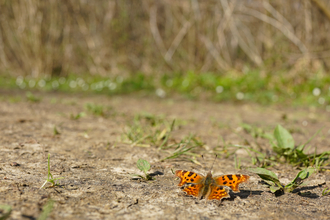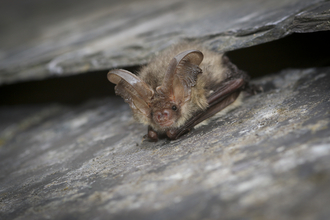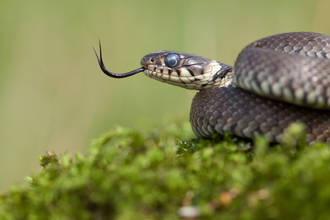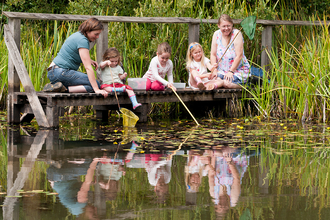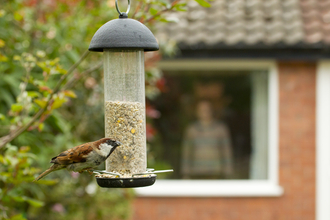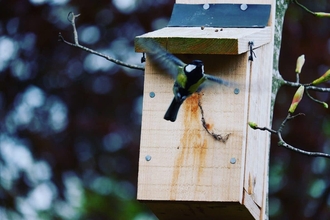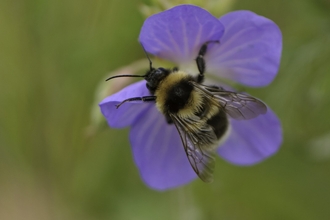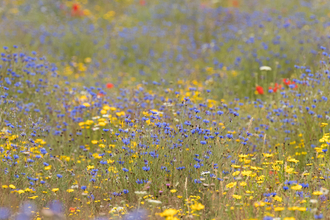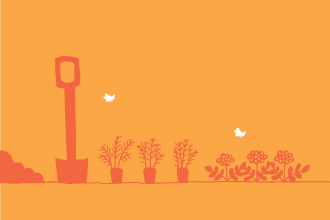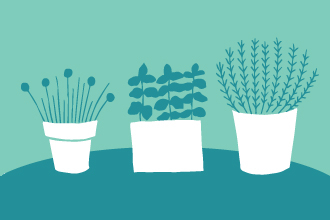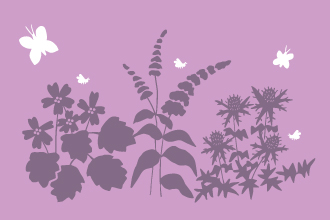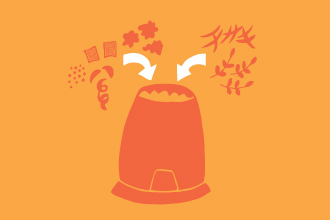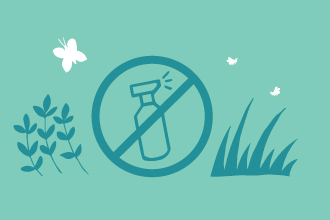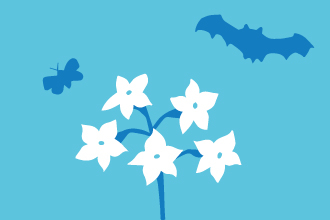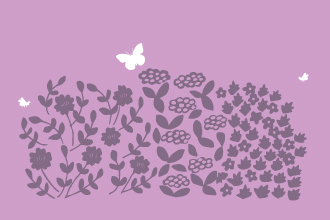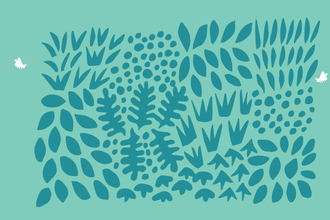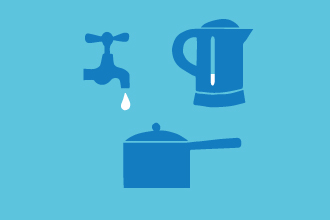Create your own haven for nature by welcoming wildlife into your garden
Gardens are special places for humans to retreat to and reconnect with nature - and they can also be vital haven for wildlife. As habitats in the wider countryside continue to fragment and disappear, gardens – no matter their size – are becoming increasingly important homes for animals and plants. Making your garden or outdoor space wildlife-friendly is one of the best ways to support local wildlife, and as more people across Suffolk's towns, villages and communities create gardens for wildlife, we collectively create essential wildlife corridors for nature to return and recover.

